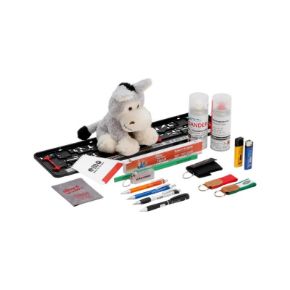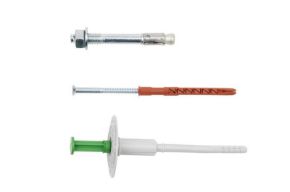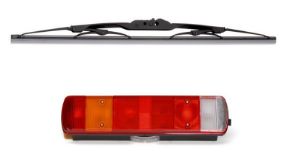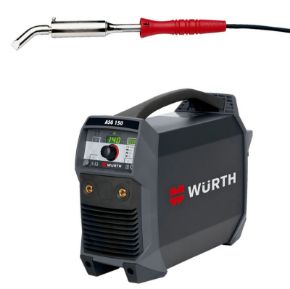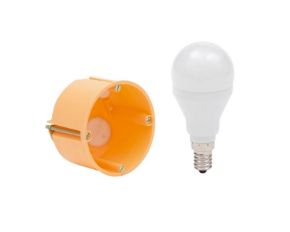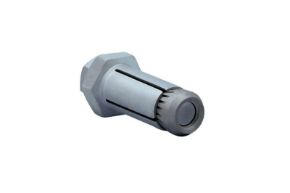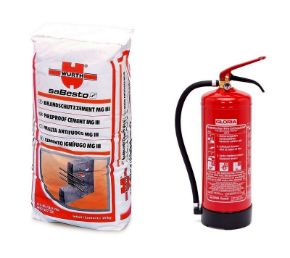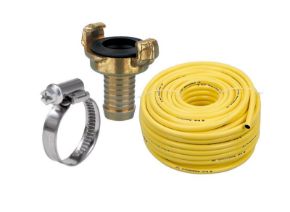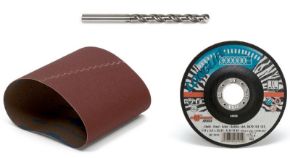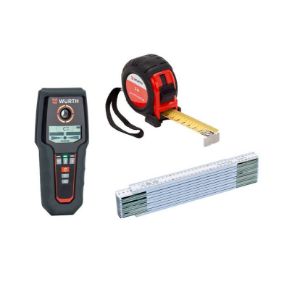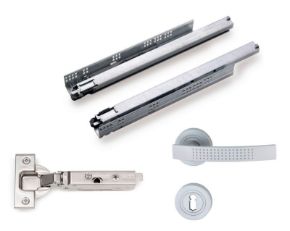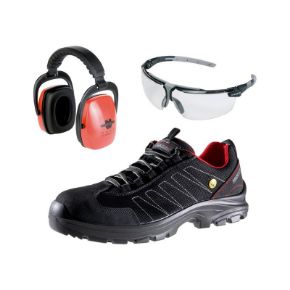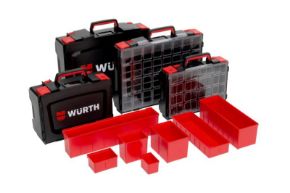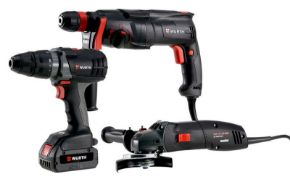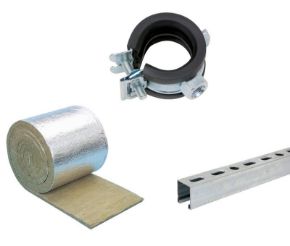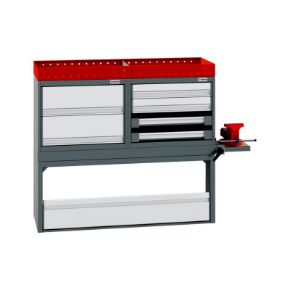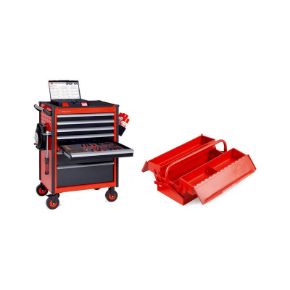How to inspect personal protective equipment against falling (PPEAF) properly
Blog posts tagged with 'ppe'
Instructions on how to properly wear a face mask.
Drilling, sanding, sawing: On the construction site, flying chips and splinters or flying sparks can quickly catch your eye. Serious injuries are the result. With the right safety goggles you can prevent. We explain what to look for.
A workplace eye injury can cause lingering, permanent vision damage, which has the potential to disable a worker for life. Even seemingly minor eye injuries can cause long-term problems and suffering, like recurrent and painful corneal erosion from a minimal scratch caused by sawdust, cement or drywall.
When you think about eye protection like this (and bear in mind that we each get one set of eyeballs to last us a lifetime!) it makes practical and financial sense to ensure that the right protection is available to workers while on the job.
About 70 percent of all eye injuries are caused by mechanical effects. It means, by blows, shock - or foreign body, which penetrate into the eye. On construction sites, the danger for this is particularly high, because when drilling, grinding or sawing fly not only the sparks, but also a lot of shavings and splinters. Goggles prevent. Here are some things to keep in mind:
1. Glasses are not all the same.
Eye protection is an absolute must on the construction and/or working site. Employers are obliged to determine which dangers (mechanical, optical, chemical, thermal, biological or electrical) exist for the eyes and face. Accordingly, protective measures must be planned for and put into practice.
2. Oprimum protection, optimum comfort
The best glasses are of no use if they are not worn. Therefore, make sure when choosing the model that you are comfortable wearing them. It all starts with the wieght of the model. Modern glasses such as Würth's LIBRA wieighs less than 20 grams and as such are hardly noticeable on your face.
Adjustable nose pads and straps ensure a perfect fit. For a permanently unrestricted view, the windows should be scratch-resistant on the outside and fog-free on the inside thanks to the use of a special coating. The LIBRA and Würth's other models are also aesthetically pleasing and quite in demand.
Würth offers goggles in various designs and for different uses. Visit our Eshop to view all our range and easily place your order from home.
The Dangers of Wood Dust (adapted from from www.wuerth.de)
Wood dust is dangerous. When it gets inhaled, it can infect and cause severe health issues to the human body. Fine wood dust can lead to serious health problems, depending on the type of wood - from chronic inflammation to nasal cancer. For carpenters, wood hobbyists and other woodworking companies protection from wood dust is a must. From suction to respirators - we'll tell you how to prevent wood dust from endangering yours and your employees' health.
Which occupational groups are particularly at risk from wood dust?
In Europe, an estimated 2 million people work in the wood industry. In principle, wood dust can be a health threat to any of them, albeit to varying degrees. Parquet installers, wood workers and carpenters who work with wood should also strive to provide adequate protection against wood dust.
The nose is considered to be particularly prone to cancer, as it is exposed to numerous environmental influences every day. The nasal mucous membrane filters harmful gases or dust particles so that they do not enter the lungs. However, these pollutants remain stuck in the nasal mucosa and can cause cancer, as well as other diseases such as asthma, acute or chronic inflammation of the nasal mucosa or allergies.
Signs of nasal cancer may include frequent, mild nosebleeds, increased secretion, and obstruction of nasal breathing. In that case you should urgently consult a doctor.
How can you protect yourself and your employees from wood dust?
Wurth offers a vast range of personal protective equipment (PPE). As responsible carpenter or woodworker, you must protect your employees and yourself by providing respirators, masks and goggles. Wurth also offers a large selection of hand abrasives, designed at minimising the amount of dust generated. You also need to be sure that your workers are not overburdening and reducing the workload to a minimum required. You and your employees should be adequately train in using such equipment and that this equipment is checked and changed regularly according to usage and needs. Furthermore, you must make sure that your woodworking machines are cleaned regularly. This reduces the amount of dust particles already adhering to the tool.
Always advise your employees to exercise caution and to be alert for any signs of ailment. Make them aware of the health risks of wood dust and look for a regular check-up of your employees by an ENT specialist as aforementioned in this article.

